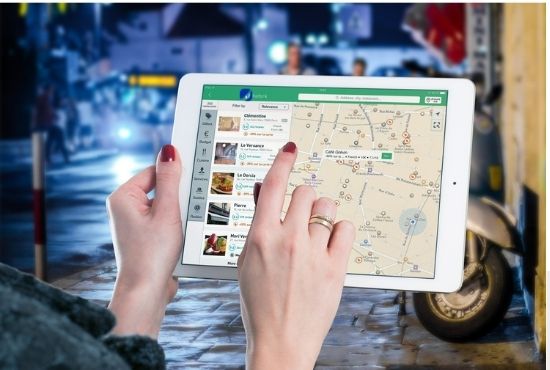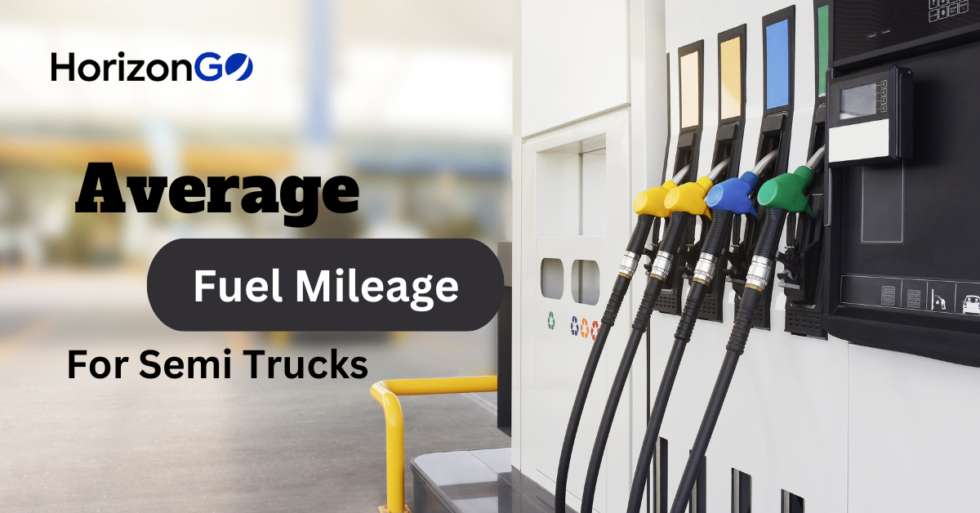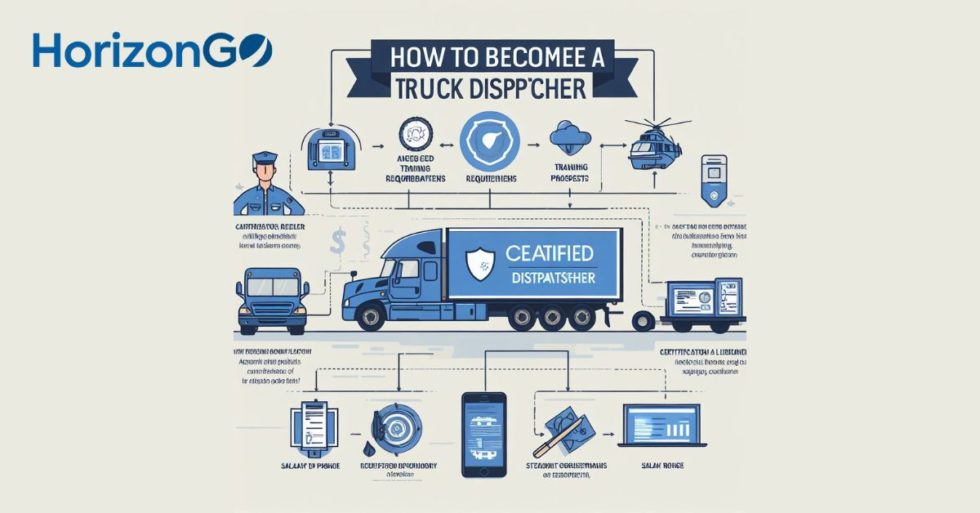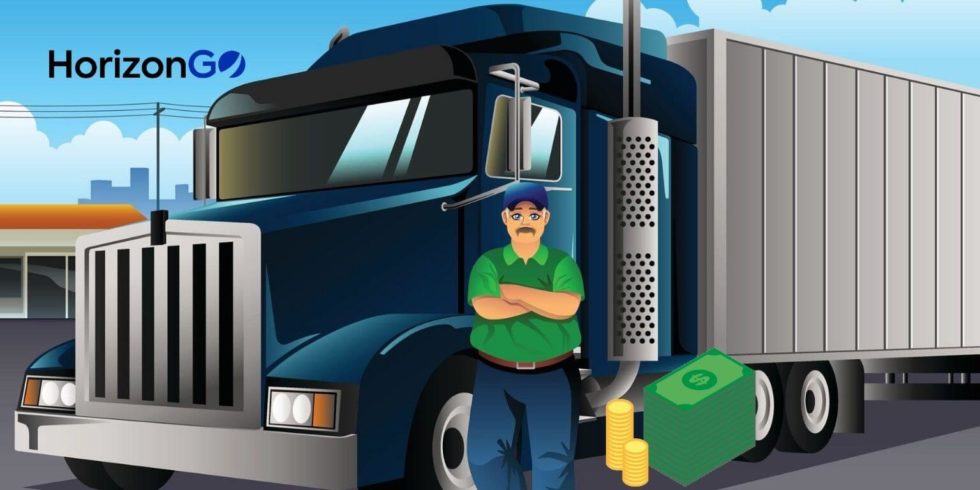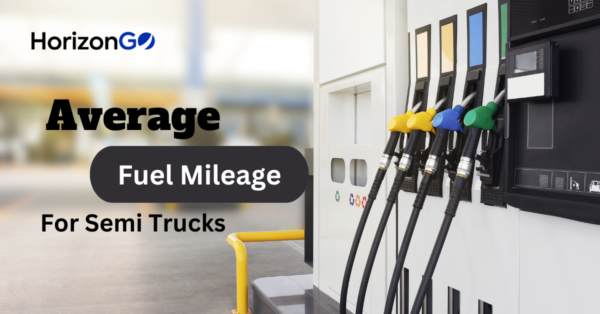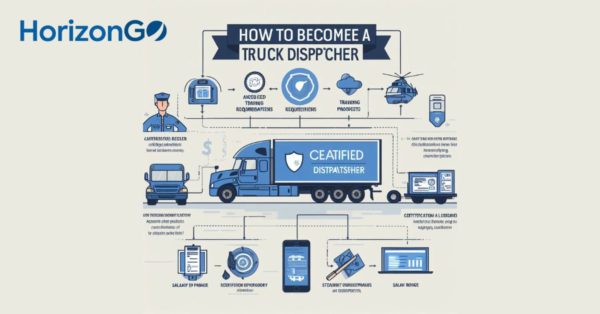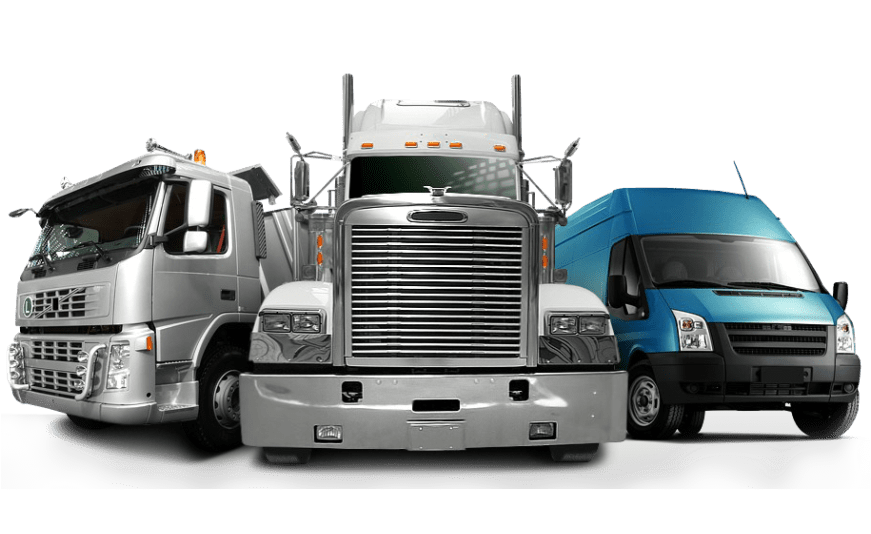ELD stands for Electronic Logging Device. The ELD is an electronic hardware device that monitors a vehicle’s operation, usually via the diagnostic connection, to observe driving hours and other relevant information. All non-exempt commercial motor vehicle drivers must use compliant ELDs, according to the FMCSA’s ELD rule.
The Federal Office for Motor Vehicle Safety (FMCSA) recommends making commercial vehicles (CMV) and other drivers safer.
What Is ELD and How Does It Work?
An ELD is an electronic device that allows truck drivers to track their driving hours properly. HorizonGo uses third-party integration devices like Samsara, KeepTruckin, Omnitracs, JJkeller. HorizonGo also tracks the shipment with the help of the driver app. The electronic logging device is connected to a connection beneath the dashboard. It cooperates with the truck’s motor to keep trucking ELD devices tracking all driving actions throughout the day. It eliminates the need for paper logs, traditionally common in the transportation sector. The ELD monitors the overall distance traveled in each region and state to make it easier for trucking businesses to prepare IFTA fuel tax filings. ELDs are now required with most commercial vehicles under the ELD rule.
ELDs may assist fleets with safety, safety checks, scheduling, and entire fleet management by tracking drivers in real-time. Following the FMCSA’s introduction of the ELD rule, ELDs became required for non-exempt professional drivers.
Electronic logging devices are usually linked to a commercial motor vehicle (CMV), mobile app, and fleet management system. The gadget then saves the driver’s Hours of Services information and transmits it to the mobile app for review. This information is also delivered to the back-office employees to assist drivers with ELD compliance.
It enforces the rules for the legal hours of duty, establishing how many hours and when truck drivers can drive. Drivers are not allowed to drive for more than 11 hours in 14 hours, according to ELD regulations. The ELD regulation is designed to make it easier for drivers to keep track of their hours. It also reduces driving weariness, making American roads safer. Many truck drivers do not agree with the new law. Some claim that the ELD mandate makes their occupations too rigid, while others claim it is more unsafe and stressful.
When did Electronic Logging Devices (ELDs) become necessary?
The FMCSA released the ELD mandate or the ultimate ELD rule in 2015. Thus many commercial motor vehicle drivers must use FMCSA-registered ELDs to track their Hours of Service (HOS) information. On December 18, 2017, the ELD requirement became law. The final ELD rule’s fully compliant phase began on December 16, 2019. The ELD mandate’s main purpose is to prevent traffic accidents by strictly enforcing Hours of Service restrictions and reducing driver tiredness.
The Federal Motor Carrier Safety Administration (FMCSA) made ELDs mandatory in December 2017, with such a one-year extension for fleets utilizing earlier AOBRDs (automatic onboard recording devices), EOBRs (electronic onboard recorders), and E-Logs until December 16, 2019. Despite minor differences, these systems have the same basic task of eld monitoring a commercial driver’s activities electronically and registering HOS, also known as RODS.
TimeLine of ELD mandate
Here is a summary of ELD’s mandate plan:
- March 2014 – FMCSA announces its proposal for ELD.
- December 16, 2015 – FMCSA releases its latest ELD.
- December 18, 2017 – The mandate of ELD will be mandatory for drivers of commercial vehicles who are not excluded.
- At December 16, 2019 – The AOBRD warning comes out, which means that the AOBRD can no longer be used to respect the mandate of the ELD.
What Does an ELD Mean for Drivers?
The required usage of an ELD in commercial trucks is motivated by ensuring Hours of Service (HOS) compliance. Drivers who have ELDs installed in their cars are bound to the maximum hours they are legally permitted to drive between rest intervals. The goal of the ELD requirement is to automate the process of replacing paper driver logs and AOBRDs. Furthermore, the device keeps track of driving hours electronically, assuring reliability. Traditional paper logbooks were usually incorrect, either because drivers misjudged their hours or because they were forced to modify them by their employers.
The federal government intends to help reduce the risk of truck accidents caused by driver weariness by exchanging handwritten logbook data with electronic ELD data. Long periods spent behind the wheel of a truck may be physically and psychologically draining. Furthermore, research has revealed that driver weariness is a significant component in commercial vehicle accidents. Because of this situation, the federal government imposed a limit on driver service hours, which eventually led to the ELD mandate, which guarantees that driving hours are not exceeded.
Benefits of using ELDs
- The main feature of ELD is that it supports ELD customization.
- The use of ELDs is intended to make processes safer. Compliance with working hours should also improve.
- In addition, ELDs may result in fewer infractions and fines. Electronic Logging Devices (ELDs) provide a slew of other advantages in addition to Compliance. Because an ELD is attached to the vehicle’s engine, it can record and communicate crucial data with drivers and fleet management to improve operational efficiency.
There are some other benefits of ELDs:
The IFTA computation has been simplified.
If your ELD estimates the distance each vehicle goes in each jurisdiction and provides detailed trip logs, you may simplify IFTA calculations.
Driver behavior has improved, as has fleet safety.
Some ELDs can also assist unsafe driving habits, including quick acceleration, speeding, harsh braking, and aggressive turning. The first step in enhancing fleet safety is identifying at-risk drivers.
Vehicle Maintenance is Proactive.
Because an ELD is directly connected to the vehicle’s engine, it can aid in the early detection of vehicle maintenance concerns. Some ELDs can monitor fault codes automatically and deliver real-time notifications for preventative maintenance.
Improvement in Efficiency
ELDs can also detect idling drivers for an extended time or regularly. By reducing vehicle idle and increasing usage rates, fleets can improve efficiency.
Administrative Burden
ELDs reduce the usage of paper and encourage automation. It decreases the administrative load while also potentially lowering operating costs.
Frequently Asked Questions
Define ELD.
Drivers of commercial motor vehicles (CMVs) utilize an electronic logging device (ELD) to continuously record travel time and Hours of Service (HOS) information, as well as data about the vehicle’s engine, movement, and kilometers traveled.
What is eld Compliance?
ELD compliance refers to deploying compliant Electronic Logging Devices to comply with the FMCSA’s ELD regulation. The Federal Motor Carrier Safety Administration (FMCSA) requires many commercial motor vehicle drivers to deploy a compliant ELD system. If carriers and drivers do not comply with the ELD regulation, they may be penalized or even terminated from service.
- In general, Compliance means following a law. In this case, ELD conformity refers to Compliance with the Electronic Recorder (ELD) license.
- Non-exempt commercial drivers must have an FMCSA-registered ELD solution and comply with other essential ELD mandate criteria to comply with the ELD mandate.
- If non-exempt driver fails to have an electronic logging device when necessary, they may be placed out of service for up to 10 hours and face infractions and heavy fines. Furthermore, drivers who use an unapproved or non-compliant ELD system may be placed out of service.

